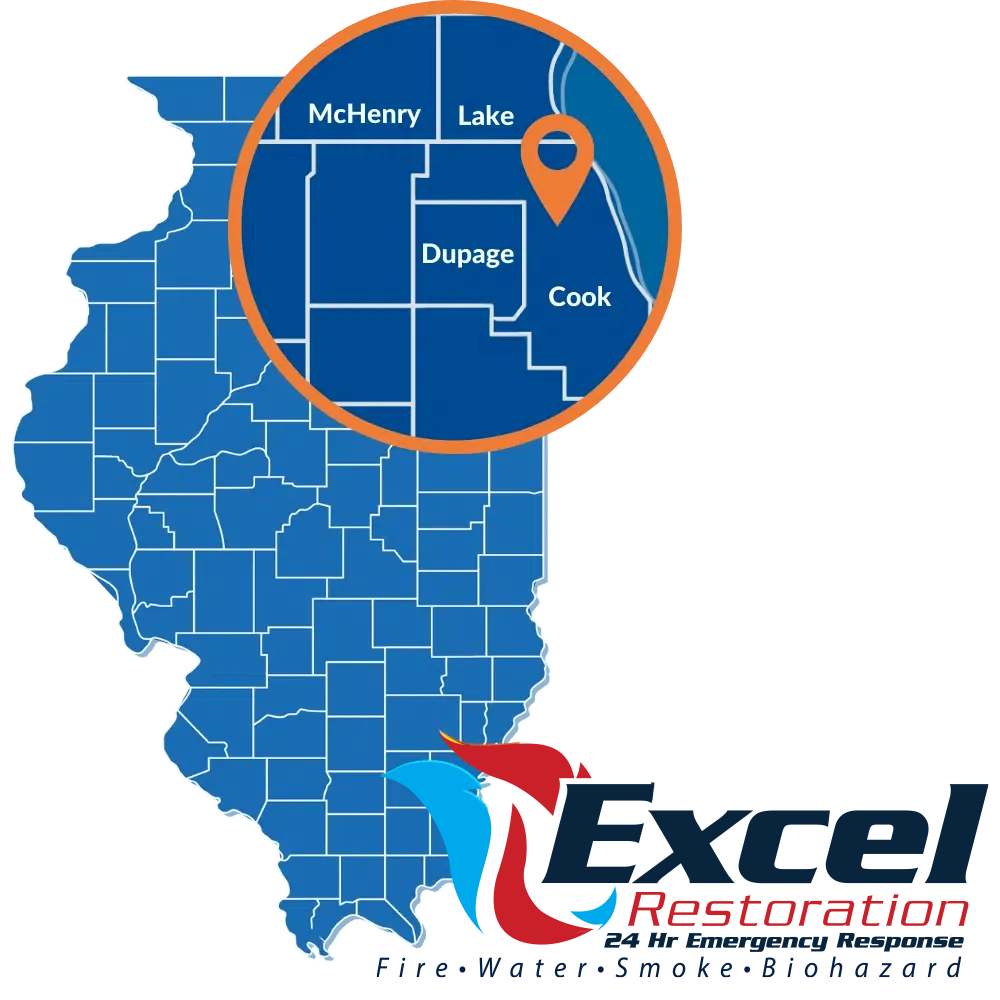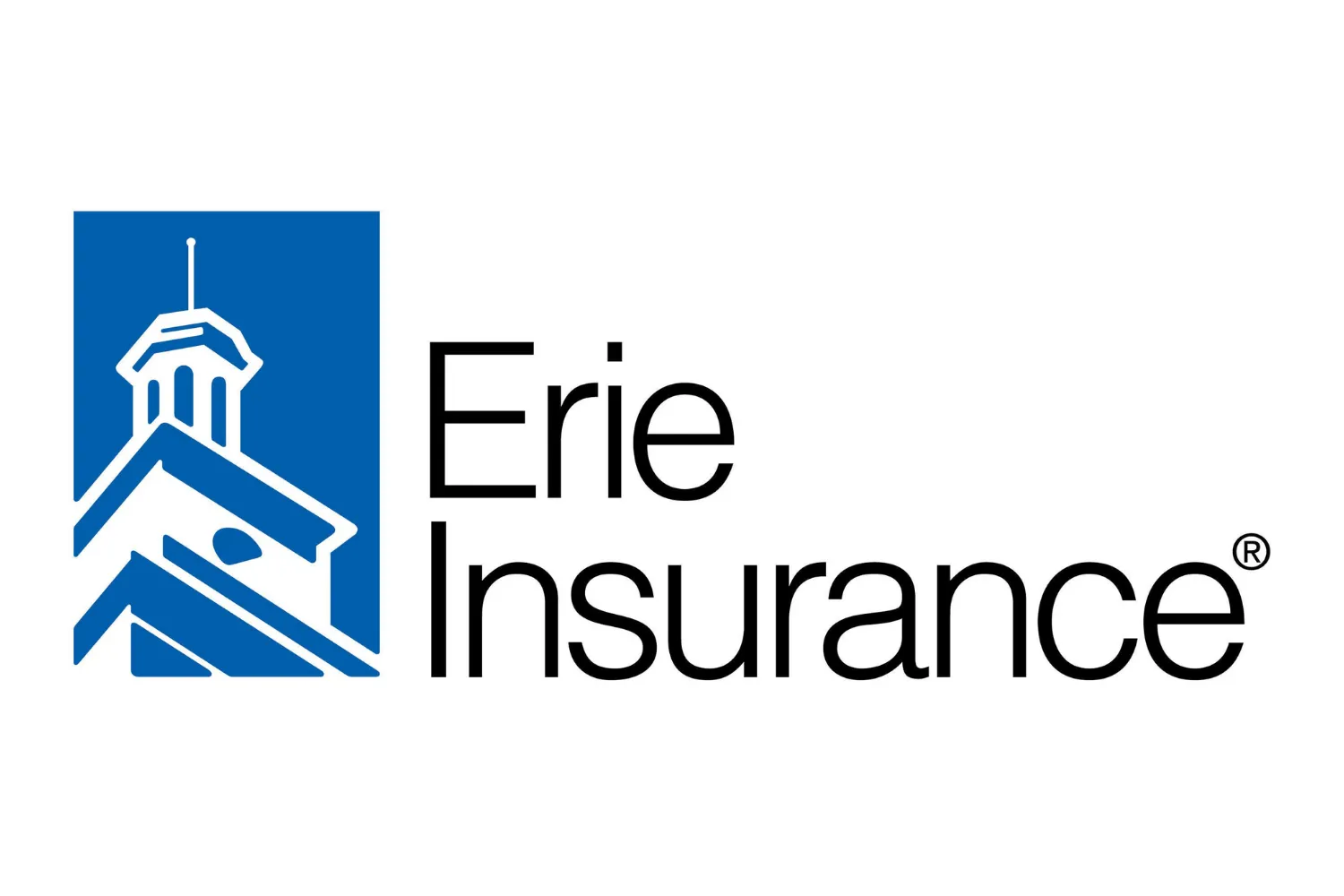If you’re concerned about the health and safety of your home, preventing mold growth is critical. Mold can cause a host of health problems, from allergies to respiratory issues, and can also damage the structure and appearance of your home. But there are steps you can take to prevent mold from taking hold and ensure a healthy living environment for you and your family.
In this section, you’ll find expert tips on preventing mold growth in your home. These tips are designed to be practical, effective, and easy to implement, so you can start protecting your home right away. From controlling moisture levels to proper cleaning and disinfection techniques, we’ll cover everything you need to know to keep your home mold-free.
Key Takeaways:
- Preventing mold growth is critical for the health and safety of your home.
- Controlling moisture levels, proper ventilation, and regular maintenance can help prevent mold growth.
- Effective waterproofing measures and proper cleaning and disinfection techniques can also help eliminate mold in your home.
- By implementing these expert mold prevention tips, you can create a healthy and mold-free environment in your home.
- Regular inspections and assessment and addressing any moisture issues are key to identifying potential mold problems early on before they become a bigger issue.
Understanding the Causes of Mold Growth
In order to effectively prevent mold growth in your home, it’s important to understand the common causes of its development. Mold thrives in moist environments, making it essential to identify and address potential sources of water intrusion in your home.
| Common Causes of Mold Growth | How to Address Them |
|---|---|
| Leaky pipes | Regularly inspect and repair any leaks to prevent water damage. Consider installing a moisture alarm to alert you to potential leaks. |
| Poor ventilation | Ensure proper ventilation in bathrooms, kitchens, and other areas where moisture accumulates. Use exhaust fans and open windows when possible. |
| High humidity | Monitor and control humidity levels in your home with a dehumidifier. Keep indoor humidity below 60% to prevent mold growth. |
| Water damage | Address any water damage immediately. Dry out wet areas within 48 hours to prevent mold growth. |
It’s important to note that mold can also grow on organic materials such as paper, wood, and fabric, so it’s essential to keep these materials dry and well-ventilated as well.
By understanding the causes of mold growth, you can take proactive steps to prevent its development in your home. Regular inspections, maintenance, and moisture control are key to keeping your living space mold-free.
Controlling Moisture Levels
Excess moisture in your home is one of the primary causes of mold growth. Therefore, controlling moisture levels is essential in preventing mold from developing. Here are some techniques you can implement in your home to control moisture:
| Technique | How to Implement |
|---|---|
| Use a Dehumidifier | A dehumidifier helps regulate humidity levels in your home. Aim to keep humidity levels below 60% to prevent mold growth. Place the dehumidifier in areas with high humidity, such as the basement or bathroom. |
| Fix Leaks Immediately | Leaking pipes or roofs can quickly lead to increased moisture levels in your home. It is essential to fix any leaks immediately to prevent water damage and mold growth. |
| Avoid Overwatering Plants | Indoor plants can increase humidity levels in your home. Avoid overwatering, and choose plants that require less water, such as succulents or cacti. |
| Use Exhaust Fans | Exhaust fans in your kitchen and bathrooms can help remove excess moisture from the air. Be sure to turn them on during and after activities that produce moisture, such as cooking or showering. |
| Ensure Proper Ventilation | Proper ventilation is essential in controlling moisture levels. Ensure that air can flow freely throughout your home and that your HVAC system is regularly maintained. |
By implementing these moisture control techniques, you can reduce the risk of mold growth in your home. Regularly checking for moisture issues and addressing them promptly can help prevent costly and harmful mold growth.
Proper Ventilation Practices
Adequate ventilation is a crucial component of mold prevention in your home. Without proper airflow, moisture can become trapped and create an ideal environment for mold growth. Here are some effective ventilation strategies:
- Install ceiling fans in rooms with high humidity levels, such as bathrooms and kitchens, to promote air circulation.
- Consider installing exhaust fans in these areas as well, to remove excess moisture from the air.
- Open windows and doors on dry, breezy days to increase ventilation throughout your home.
- Ensure your HVAC system is properly maintained and regularly serviced to promote good airflow.
By implementing these ventilation practices, you can help prevent moisture buildup and subsequent mold growth in your home.
It’s important to note that different areas of your home require different ventilation strategies. For example, basements and crawl spaces may require additional ventilation through the installation of vents or fans. The specific ventilation needs of your home will depend on its layout and construction. Consider consulting with a professional to determine the best ventilation plan for your space.
In addition to proper ventilation, it’s important to regularly maintain and clean your ventilation systems. This includes replacing air filters and cleaning ducts to prevent the buildup of mold and other contaminants.
By taking a proactive approach to ventilation, you can effectively prevent mold growth and promote a healthy living environment for you and your family.
Effective Waterproofing Measures
Waterproofing is an essential step in preventing mold growth in your home. Water intrusion can occur through various means, including leaks, flooding, or high humidity levels. To effectively waterproof your home, you need to address these sources of water intrusion and take appropriate measures to prevent them.
| Method | Description |
|---|---|
| Sealing cracks and gaps | Check for any gaps or cracks in your foundation, walls, doors, and windows that can allow water to seep in. Seal these areas with caulk or weatherstripping to prevent water intrusion. |
| Installing a sump pump | A sump pump is a device that pumps excess water out of your basement or crawlspace. It can help prevent water damage and mold growth in these areas. |
| Improving drainage | Ensure that the soil surrounding your home slopes away from the foundation to prevent water from pooling around it. Consider installing gutter systems and downspouts to direct water away from your home. |
| Applying waterproof coatings | Waterproof coatings can be applied to concrete walls and floors to prevent water intrusion. There are many types of coatings available, so be sure to choose one that is appropriate for your needs. |
By implementing these waterproofing measures, you can significantly reduce the risk of mold growth in your home. However, it is important to remember that these measures are not a guarantee against mold. Regular inspections and maintenance are still essential to ensure your home remains mold-free.
Regular Maintenance and Inspection
Regular maintenance and inspection are crucial steps in preventing mold growth in your home. By staying vigilant and addressing any moisture issues promptly, you can prevent the development of mold colonies.
Here are some tips for conducting regular maintenance and inspections:
- Check for any leaks or water damage in your plumbing, roofing, or walls.
- Inspect your HVAC system and ensure it is properly cleaned and maintained.
- Clean and inspect your gutters and downspouts regularly, ensuring proper drainage away from your home.
- Monitor the humidity levels in your home and use a dehumidifier if necessary.
- Regularly inspect and clean any appliances or areas that produce moisture, such as your bathroom and kitchen.
By following these simple maintenance and inspection practices, you can spot potential mold problems early and prevent them from becoming larger issues.
Proper Cleaning and Disinfection Techniques
To prevent mold growth in your home, it is crucial to keep surfaces clean and disinfected. This can help remove existing mold spores and prevent their regrowth. It’s important to use safe and effective cleaning agents and techniques to eliminate mold. Here are some tips:
- Use a solution of one part bleach to ten parts water to clean moldy surfaces.
- Wear gloves, goggles, and a mask to protect yourself from mold spores and cleaning agents.
- Avoid using harsh chemicals and abrasive cleaners that can damage surfaces and release harmful fumes.
- Allow the cleaning solution to sit on the surface for at least 15 minutes before wiping it away with a damp cloth.
- Dry surfaces thoroughly to prevent moisture buildup and subsequent mold growth.
- Regularly clean and disinfect areas prone to moisture, such as bathrooms, kitchens, and basements.
Remember, prevention is the key to controlling mold growth in your home. By implementing proper cleaning and disinfection techniques, you can help maintain a healthy living environment for you and your family.
Conclusion
By implementing expert mold prevention tips, you can create a healthy and mold-free environment in your home. Remember to regularly assess and address any moisture issues, maintain proper ventilation, and conduct routine maintenance and cleaning to safeguard your living space from mold growth. Take proactive steps to control moisture levels, such as repairing leaks and using a dehumidifier. Ensure proper ventilation in every room of your home, especially in high-moisture areas such as bathrooms and kitchens. Implement effective waterproofing measures to prevent water intrusion and subsequent mold growth. Regularly inspect your home for any signs of mold and address them promptly to prevent further growth. Finally, make sure to use safe and effective cleaning agents and techniques to eliminate any existing mold spores. With these strategies in place, you can enjoy a healthy home environment and peace of mind.
FAQ
What are some common causes of mold growth?
Mold growth is often caused by excessive moisture, such as leaks, high humidity, or inadequate ventilation.
How can I control moisture levels in my home?
You can control moisture levels by ensuring proper ventilation, addressing any leaks or water damage promptly, and using dehumidifiers in areas prone to high humidity.
What are some effective techniques for proper ventilation?
Proper ventilation can be achieved by installing and maintaining ventilation systems, using exhaust fans in bathrooms and kitchens, and keeping windows and doors open whenever possible to encourage airflow.
How can I waterproof my home to prevent water intrusion?
You can waterproof your home by sealing cracks and gaps, installing a sump pump in basements or crawl spaces, and ensuring your gutters and downspouts are functioning properly.
Why is regular maintenance and inspection important for mold prevention?
Regular maintenance and inspection allow you to identify and address any potential moisture issues or areas of concern before they lead to mold growth.
What are some proper cleaning and disinfection techniques for mold prevention?
Proper cleaning and disinfection techniques include using mold-specific cleaning agents, scrubbing surfaces thoroughly, and ensuring sufficient drying time to prevent moisture buildup.

















